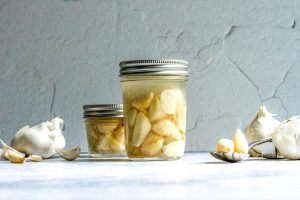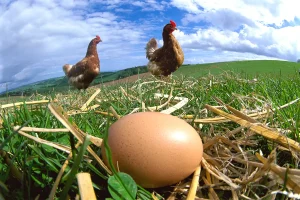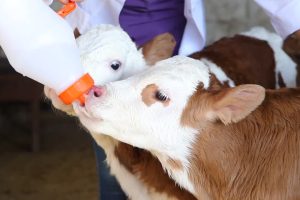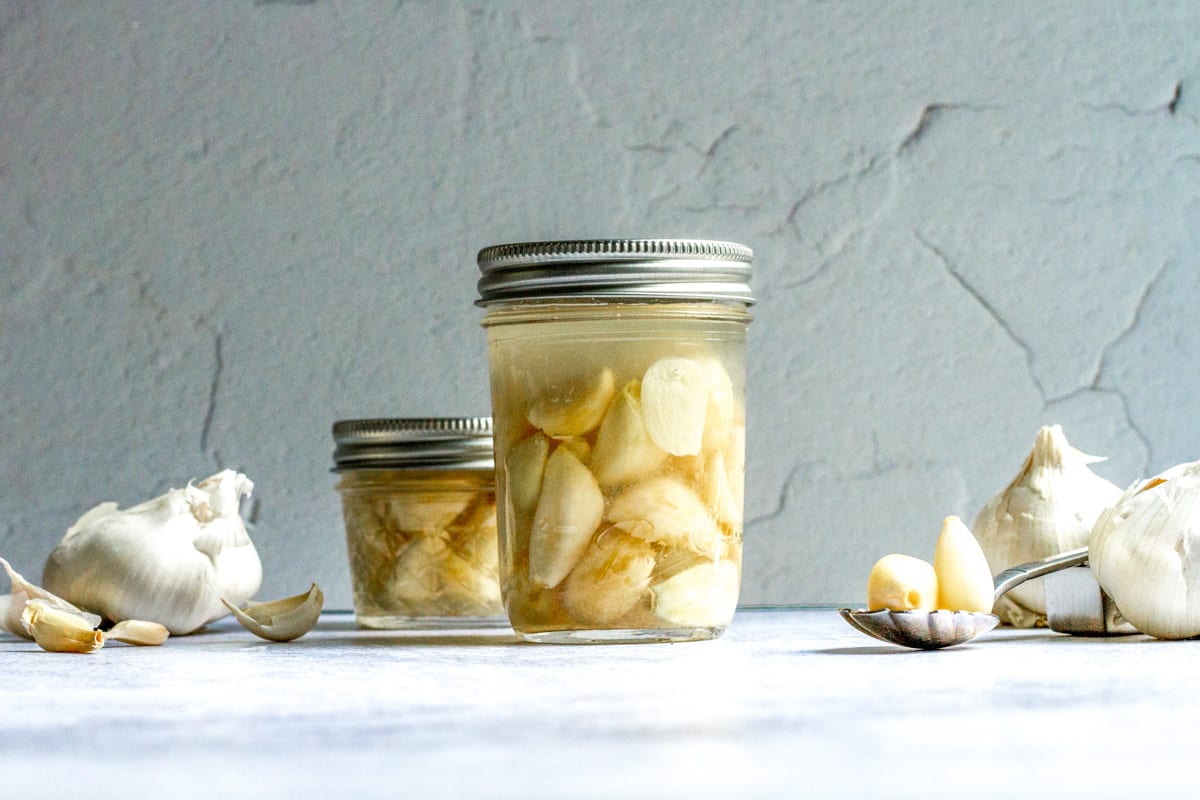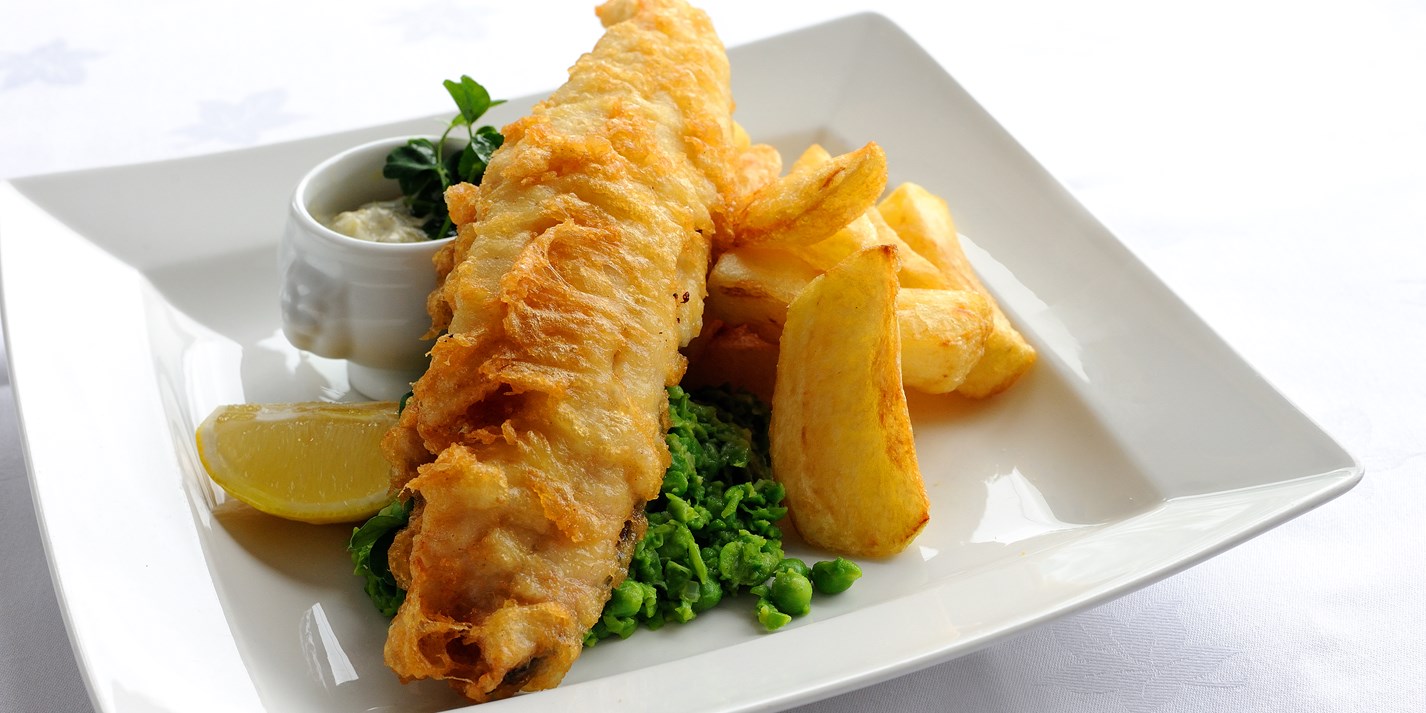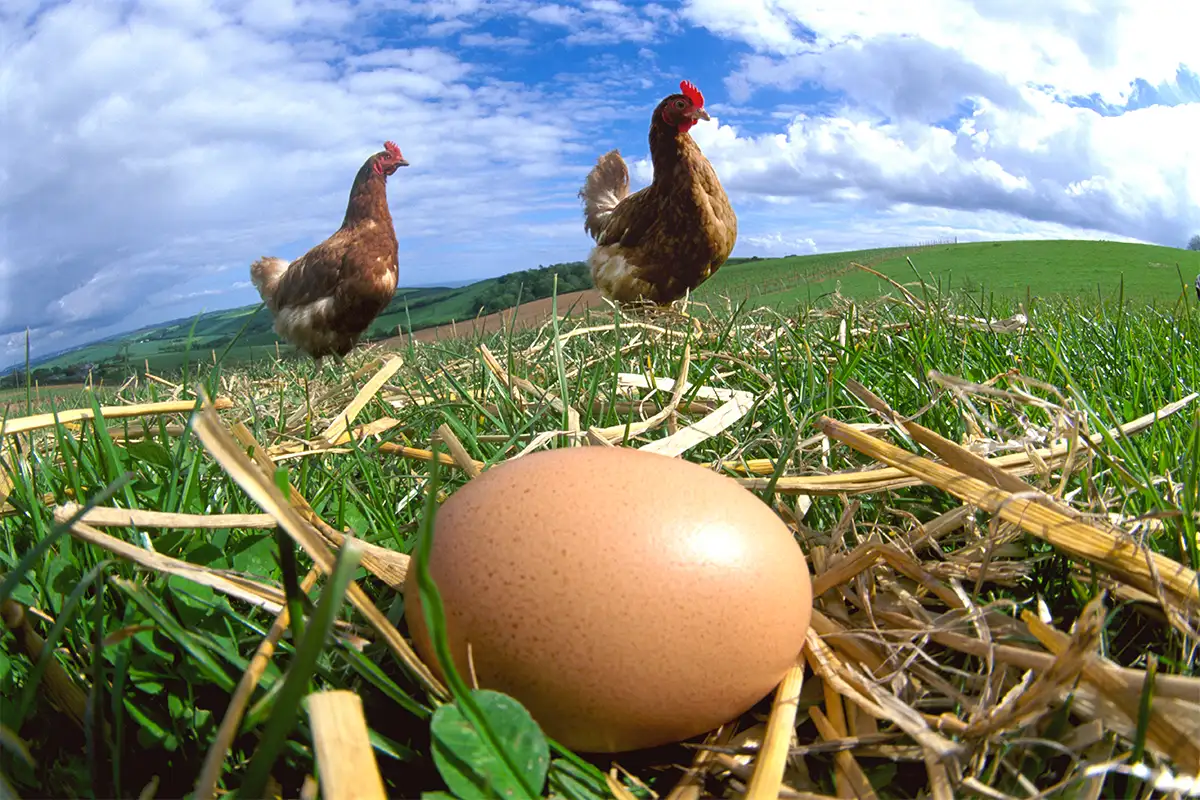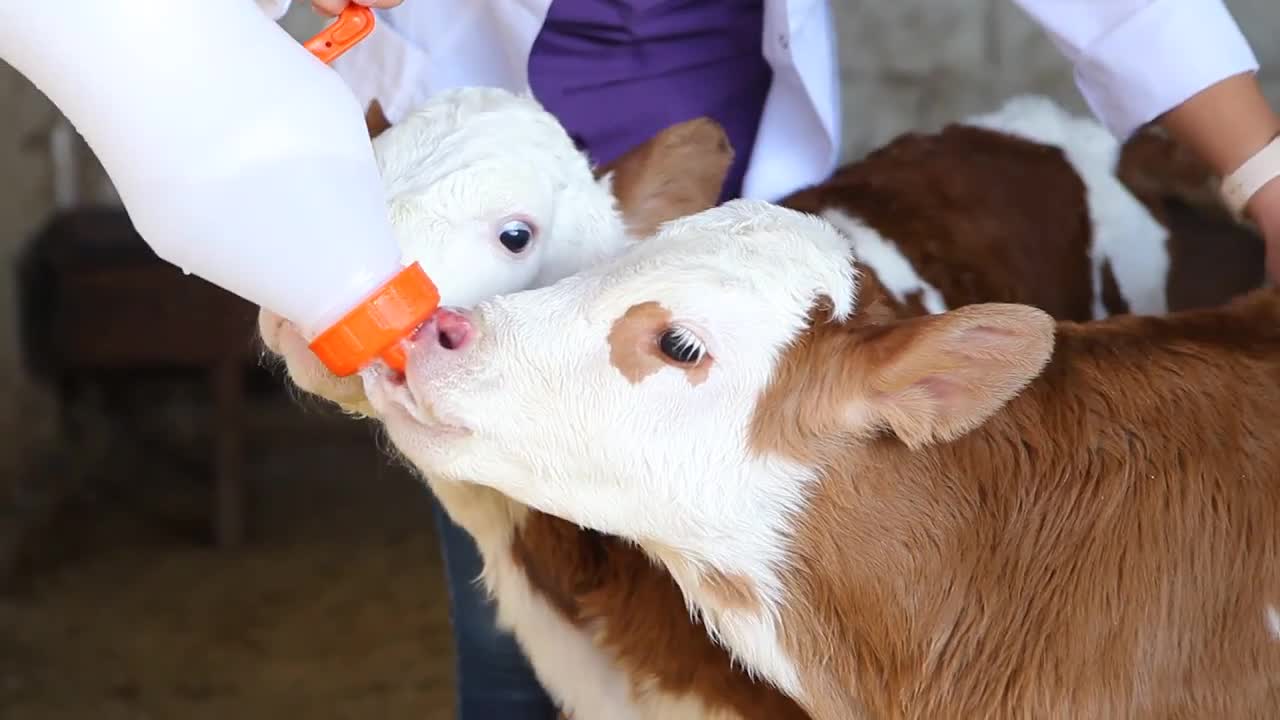Fermented garlic is an age-old method of preserving garlic that enhances its nutritional value and health benefits. The process of fermentation breaks down the garlic’s complex sugars and fibers, making its nutrients more bioavailable and easily absorbed by the body.
Fermented garlic has been shown to have:
- Antibacterial and antifungal properties. Several studies have found that fermented garlic extract is effective at inhibiting the growth of harmful bacteria and fungi. This is due to the formation of new active compounds during fermentation that boost garlic’s natural antibacterial activity.
- Increased antioxidant activity. During fermentation, antioxidants like allicin are released from garlic’s cell walls, making them more active and effective at combating free radicals in the body. Research has found that fermented garlic has up to 15 times more antioxidant capacity than fresh garlic.
- Enhanced immune support. Studies show that fermented garlic can help strengthen the immune system by promoting the activity and proliferation of immune cells. It may also help lower inflammation throughout the body.
- Improved heart health. Fermented garlic may help to lower blood pressure and regulate cholesterol levels, thereby reducing the risk of heart disease. In a 2019 animal study, rats given fermented garlic extract for 28 days saw significant decreases in total cholesterol and triglyceride levels.
- Potential anticancer effects. The active compounds formed during fermentation may help prevent the development and progression of certain cancers. However, more research is needed to determine fermented garlic’s full potential for fighting cancer.
Nutritional Comparison: Regular Garlic vs Fermented Garlic
Regular garlic is a Nutritional powerhouse in its own right, providing significant amounts of nutrients like:
- Vitamin B6 (14% DV in 1 clove): Needed for over 100 enzyme reactions in the body, including amino acid metabolism.
- Manganese (6% DV): An essential trace mineral that aids in bone formation, protein metabolism and antioxidant defenses.
- Selenium (4% DV): Works with vitamin E as an antioxidant, protecting cells from free radical damage.
- Vitamin C (3% DV): Acts as an antioxidant and helps boost immunity.
However, fermented garlic contains even higher concentrations of these nutrients due to the breakdown of cell walls during fermentation, releasing more bioavailable vitamins and minerals. Studies have found that fermented garlic has:
- 15 times higher antioxidant capacity due to increased allicin and phenolic compound release.
- 3 to 8 times higher concentrations of selenium, manganese and vitamin B1 compared to fresh garlic.
- 100-200% higher concentrations of vitamin C.
- Improved bioavailability of antioxidants like quercetin – up to 24% higher compared to fresh garlic.
This means that consuming a small amount of fermented garlic may provide similar or greater nutrient levels compared to eating larger quantities of raw garlic. For example:
- One clove of fermented garlic contains around 14% DV of vitamin B6, equivalent to 2-3 cloves of raw garlic.
- One clove of fermented garlic provides around 6-10% DV of manganese and selenium, whereas raw garlic provides only 3-5% of these minerals per clove.
How long does it take to ferment garlic?
There are a few factors that determine how long it takes for garlic to ferment properly:
- Temperature – Higher temperatures (around 20-30C/68-86F) will speed up the fermentation process. At room temperature, fermentation typically takes around 2-4 weeks. In the refrigerator, it can take over a month.
- Salt content – More salt will draw out moisture from the garlic and speed up the growth of bacteria needed for fermentation. However, too much salt can hinder fermentation. Around 1 teaspoon of salt per 1 cup of garlic is a good ratio.
- Garlic to liquid ratio – The more garlic you have submerged in the liquid, the faster fermentation will occur due to more bacteria and yeast. However, ensuring all garlic is sufficiently covered in liquid is important to prevent mold growth.
- Starter culture – Using a starter culture of lactobacilli bacteria, as in sauerkraut, can kickstart and speed up the fermentation process. Without a starter culture, it relies on the natural bacteria on the garlic.
A general guide for fermenting garlic is:
- 2-4 weeks at room temperature (68-86F): This is the typical time frame for fermentation when mincing fresh garlic, submerging in salt brine and covering loosely at room temperature. The warmer the temperature, the faster fermentation occurs within this time frame.
- Over 4 weeks in the refrigerator: Fermentation proceeds at a slower pace in colder temperatures. Refrigerated fermented garlic typically needs a month or longer before it’s appropriately fermented. But the flavor will continue to develop over time.
As long as the garlic remains submerged in the brine, no mold grows and the garlic develops a sour fermented flavor, it’s a sign fermentation was successful. The exact time varies based on the conditions, so checking the garlic regularly throughout the fermentation process is recommended.
How to Make Fermented Garlic using Apple Cider Vinegar
Ingredients:
- 1 head of organic garlic
- 1 cup organic apple cider vinegar
- 1 tsp sea salt
Equipment:
- Glass jar with lid
- Clean kitchen towel or cheesecloth
- Rubber band or clamp
Instructions:
- Peel all the garlic cloves and slice them into thin slivers. Set aside.
- In a glass jar, add the apple cider vinegar and sea salt. Screw the lid on loosely and shake to dissolve the salt.
- Add the garlic slices to the jar, making sure they are submerged in the liquid.
- Place a clean kitchen towel or cheesecloth over the mouth of the jar and secure it in place with a rubber band or clamp. This will allow air circulation while keeping out contaminants.
- Leave the jar at room temperature, out of direct sunlight, for 2 to 4 weeks. The longer it ferments, the more sour and garlic-y the flavor will become.
6.Check the garlic weekly after the first week. Scoop out any cloves that have grown moldy or have an off smell. As long as the majority of the garlic remains submerged, the ferment should continue without issue.
- Once the garlic has fermented to your liking, secure the lid and store in the refrigerator for up to 6 months. The flavor will continue to intensify over time.
Recipe for Fermented Garlic Honey
Ingredients:
- 1 1/2 cups raw honey
- 1 tablespoon minced fresh ginger
- 8 cloves fermented garlic, minced
Directions:
1) In a bowl or Mason jar, combine the honey, ginger and minced fermented garlic. Stir until well combined.
2) Transfer the honey mixture to a sterilized glass jar with a lid. Store in a cool, dark place for 2 to 4 weeks to allow the flavors to infuse and fermentation to occur. The garlic honey will become bubblier and the flavors will deepen over time.
3) After 2-4 weeks, strain the honey through a fine mesh strainer to remove the garlic and ginger pieces. Discard the solids or save for another use.
4) Transfer the infused honey back to a sterilized jar, seal and store in the refrigerator for up to 3 months. The flavor will continue to develop over time.
Uses:
This infused fermented garlic honey makes the perfect spoonful when you’re feeling under the weather or as a tea sweetener to boost your immunity and health. It also adds a savory twist to:
- Marinades for meats
- Salad dressings
- Sauces
- Cheese spreads
- Grilled fruit
- Yogurt or overnight oats
Just a tablespoon of this infused honey provides the immunity-boosting benefits of fermented garlic in an easy-to-take format. So give this recipe a try for a potent homemade remedy using simple supermarket ingredients!
References:
https://www.sciencedirect.com/science/article/pii/S027153171100087X
https://link.springer.com/article/10.1007/s11130-006-0028-2
https://www.sciencedirect.com/science/article/pii/S1871141311001740
https://link.springer.com/article/10.1007/s11130-006-0017-5
https://www.liebertpub.com/doi/abs/10.1089/jmf.2016.3674


